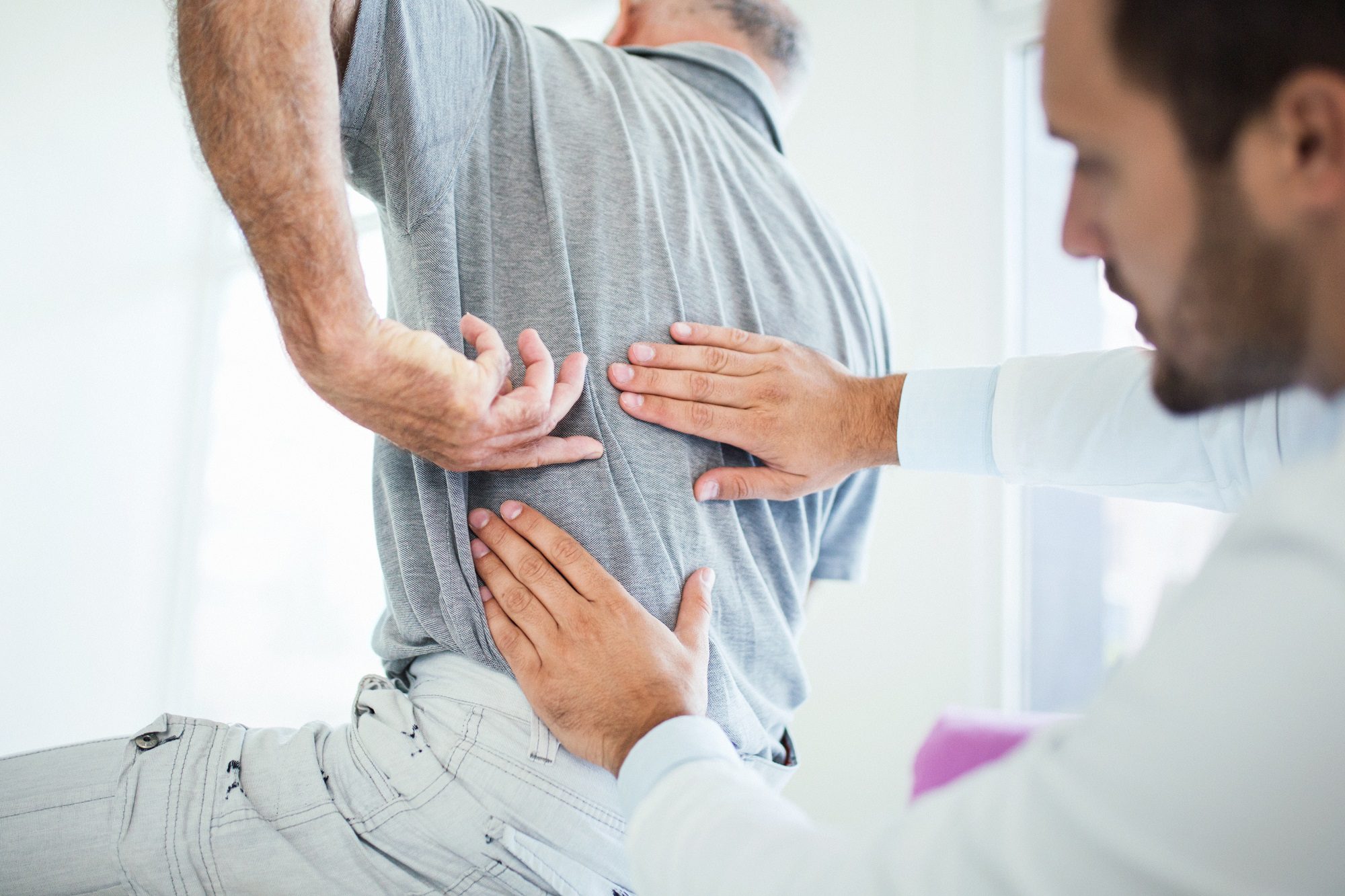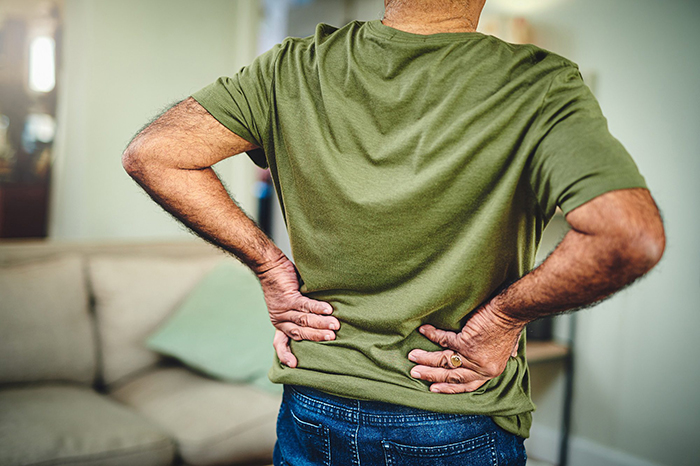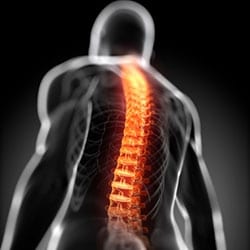Do You Have Spinal Stenosis?
What Is Spinal Stenosis?
Leading orthopaedic and sports medicine treatments
Learn about Emory Orthopaedics & Spine care. Make an appointment online, find a provider or call 404-778-3350 to schedule an appointment.
What Are the Symptoms of Spinal Stenosis?
Symptoms of spinal stenosis can vary significantly. Some people feel nothing at all, while others experience intense discomfort. Usually, symptoms gradually worsen over time.
Mild to Moderate Symptoms of Spinal Stenosis
If there’s pressure on your spinal cord or nerve roots, you may have a slow onset and progression of symptoms, including:
- Neck or back pain
- Arm or leg weakness
- Arm or leg numbness
- Shooting pain in your buttocks that shoots down your leg
- Severe Symptoms of Spinal Stenosis
- Cauda equina syndrome is an extremely rare, but serious form of spinal stenosis that requires immediate medical attention.
Get medical help right away if you experience any of the following symptoms:
- Loss of bladder or bowel control
- Sexual dysfunction
- Weakness, pain, or loss of feeling in your legs
How Is Spinal Stenosis Diagnosed?
If you’re experiencing symptoms of spinal tenosis, it’s important to get a proper diagnosis. Several methods can be used to diagnose spinal stenosis, and to rule out other conditions.
Your doctor may use any combination of the following:
- Overview of your medical history. You discuss any injuries, conditions or general health problems that could be causing your symptoms.
- Physical examination. Your doctor examines your range of movement to see if you have pain or other symptoms when you bend backward, and checks for normal neurologic function (sensation, muscle strength and reflexes) in your arms and legs.
- X-ray. An X-ray shows the structure of your vertebrae and if there is any calcification, which can give your doctor insight about any injuries, tumors or other problems.
- MRI (Magnetic Resonance Imaging). These cross-sectional 3D images of your back can detect damage or disease of the soft tissues in your spine. It can also show enlargement, degeneration or tumors.
- CAT (Computerized Axial Tomography) Scan. A CAT scan allows doctors to see the shape and size of your spinal canal, what’s in it, and the structures around it.
- Myelogram. A liquid dye is injected into your spinal column and circulates around your spinal cord and nerves so your doctor can see if there’s any pressure on your spinal cord or nerves from herniated discs, tumors, or bone spurs.
- Bone Scan. Your doctor injects a radioactive material that attaches to the bone to help detect fractures, infections, tumors, and arthritis.
How Is Spinal Stenosis Treated?
There’s no cure for spinal stenosis, but your doctor can help you reduce discomfort and improve function.
Nonsurgical treatment options include:
- Medicine to reduce pain and swelling
- Back brace
- Physical therapy
If nonsurgical treatments aren’t enough, you may require surgery. Surgery may also be considered if you have:
- Trouble walking
- Loss of bowel or bladder function
- Problems with your nervous system
The Road to Emory: Education
Internship: Beth Israel Medical Center, New York, NY
Residency: Mt. Sinai Medical Center, New York, NY
Fellowship: Bronx Veteran’s Medical Center, Bronx, NY
Leading orthopaedic and sports medicine treatments
About Emory Orthopaedics & Spine Center
Emory Orthopaedics & Spine offers comprehensive orthopedic and spine care at multiple locations across the Atlanta metro area, and our orthopedic and spine programs are ranked among the top in the nation. Our highly trained orthopaedic and spine specialists work together to diagnose and treat a wide variety of orthopaedic, spine, and sports medicine conditions.
Our physicians use innovative approaches to care – many of them pioneered right here at Emory – to ease your pain and get you back to an active lifestyle.
Emory University Orthopaedics & Spine also has among the highest patient satisfaction and best outcome rates in the nation* for your surgery. By using advanced research techniques developed by our top surgeons, we can make sure your surgery is done right the first time.
*Results based on an average of 86% patient satisfaction rating compared to a national benchmark of similar facilities at 68%. Infection rates averages at .45% for primary hip and knee procedures compared to .58% nationally.
Related Posts
-
 When pain meds could no longer control her chronic back pain and sciatica, Nancy sought spine care at Emory Healthcare to regain her active lifestyle.
When pain meds could no longer control her chronic back pain and sciatica, Nancy sought spine care at Emory Healthcare to regain her active lifestyle. -
 Having spine surgery is a big decision, and it’s in your best interest to ask questions so you know how to prepare, and what to expect.
Having spine surgery is a big decision, and it’s in your best interest to ask questions so you know how to prepare, and what to expect. -
 Peripheral nerve stimulators offer medication-free relief from low back pain. Learn about Jerry's successful treatment at Emory Healthcare.
Peripheral nerve stimulators offer medication-free relief from low back pain. Learn about Jerry's successful treatment at Emory Healthcare.
Recent Posts
-
Nov 17, 2025
-
Nov 10, 2025
-
Nov 4, 2025
-
Oct 31, 2025
-
Oct 30, 2025
-
Oct 10, 2025



